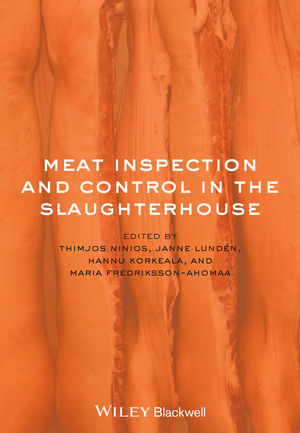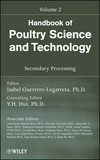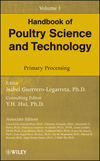Connecting the dots suggests a hypothesis about the spread of avian flu
Cross-contamination from environmental and agricultural sources fosters spread.

Photo credit: chaiwatphoto/ iStock
The 2025 bird flu epidemic will have a major effect on egg and turkey prices and will limit availability. The consumer does not understand the concept of supply and demand and reacts very angrily to higher prices that result from shortages created by depopulation. 2025 bird migration this spring could cause one of the worst outbreaks of bird flu since I started tracking this in the late ‘90s.
Connecting the dots with leading poultry scientists at IPPE a hypothesis about the spread of bird flu emerged. Migratory birds spread the disease along four flight patterns, the Pacific Flyway, the Central/Mississippi Flyways, and the Atlantic Flyway. The disease continues to mutate into something that affects cattle. Every fall/spring the cattle get dysentery, and then dairy/swine farmers spread the manure near the layer farms and turkey farms. Layer barns are tall structures often housing a million birds. In the same area, there are also turkey farms and dairy cattle. Between the three of them, they are getting cross-contaminated by mosquito’s fly’s, beetles, rodents, rats and other critters carrying the disease into the broiler, layer house, and turkey farms.
It may also be entering the water supply as an airborne pathogen. Also walking contamination into the farms by humans. When the CDC scientists sequenced samples from this individual, they found that the virus had started to mutate at two sites that are important for H5N1 to adapt to better replication in humans. This mirrors a case that happened recently in British Columbia. We need to double down our efforts to make sure we limit H5N1 infections in humans, to try to lower the opportunity for this virus to learn how to infect humans effectively.
More H5N1 avian flu detections were confirmed in poultry flocks in nine states in early February 2025, including a massive layer farm in Pennsylvania that has nearly 2 million birds, according to the latest notifications from the US Department of Agriculture Animal and Plant Health Inspection Service. Since the outbreaks began in early 2022, it has led to the loss of a record 156 million birds across all 50 states and Puerto Rico. Earlier Nevada dairy herd had the original cattle genotype a second H5N1 genotype, D1.1 like the B3.13 genotype. Genotype D1.1 represents the predominant genotype in the North American flyways this past fall and winter and has been identified in wild birds, mammals, and spillovers into domestic poultry, APHIS has confirmed two more detections in dairy herds, both from California, raising the national total to 959.
With HPAI outbreaks confirmed in 13 European countries in the final weeks of January, nations are boosting restrictions and biosecurity efforts. The participants include the Czech Republic, England, France, Germany, Ireland, Italy, Scotland, the Netherlands, Poland, and Portugal. Birds involved in the outbreaks include commercial broilers and layers, backyard poultry, hobby flocks, wild geese, zoos, and even captive birds, according to the World Organization for Animal Health.
Looking for a reprint of this article?
From high-res PDFs to custom plaques, order your copy today!









